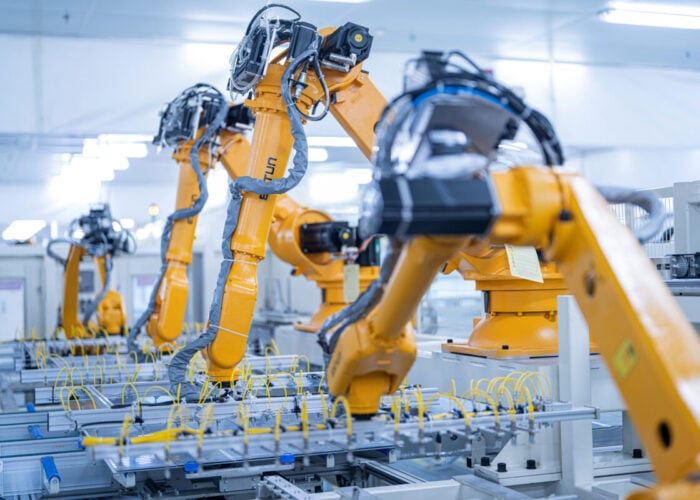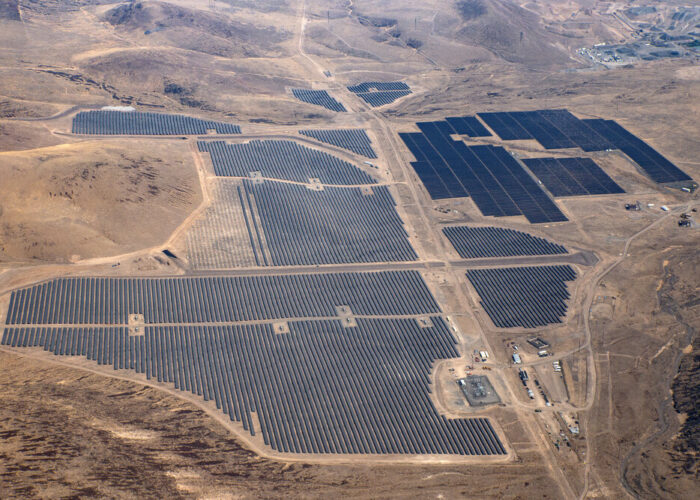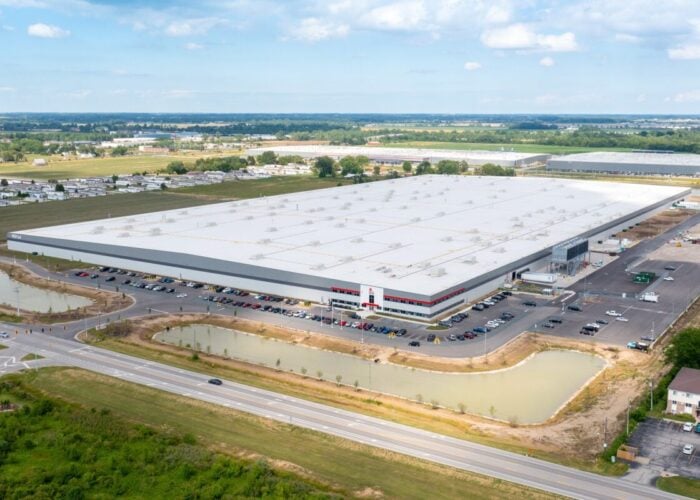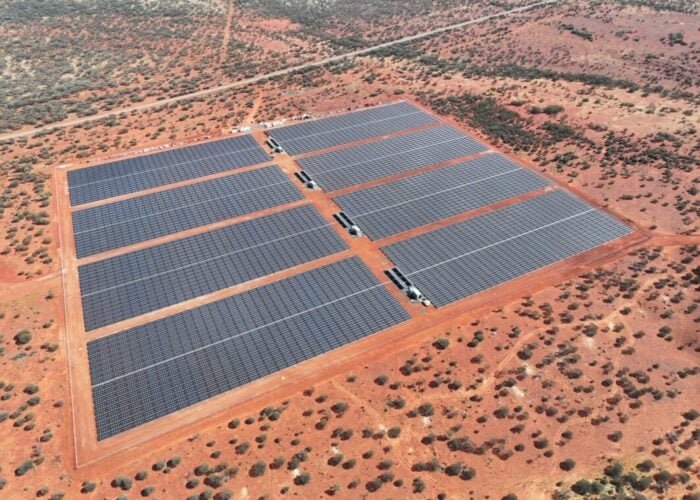The Tata Steel and Dyesol development partnership has produced the world’s largest dye sensitized photovoltaic module. Manufactured at Tata Steel’s Shotton site in North Wales, the module is over three metres in length and approximately one square metre in area. This unique achievement represents an important step towards the development of large-scale microgeneration capability within building infrastructure.
Paul Bates, operations manager of the Tata Steel Colors PV Accelerator said, “The Tata Steel and Dyesol team has worked hard to translate laboratory concepts to pilot-line scale, and has successfully produced hundreds of metres of printed steel and polymer film that go into our demonstration product.”
Try Premium for just $1
- Full premium access for the first month at only $1
- Converts to an annual rate after 30 days unless cancelled
- Cancel anytime during the trial period
Premium Benefits
- Expert industry analysis and interviews
- Digital access to PV Tech Power journal
- Exclusive event discounts
Or get the full Premium subscription right away
Or continue reading this article for free
Dr. Mikael Khan, lead scientist of Dyesol UK explained, “This module demonstrates the feasibility of a continuously printed dye sensitized product. The materials and processes we have created move the process from the production of single cells into the continuous production, from rolls, of lengths of finished modules that would be ideal for roofing applications.”
Dye sensitised photovoltaic modules have distinctive performance characteristics, being particularly tolerant of lower light levels and temperature variations. Developing the ability to print the PV coating directly onto steel roof cladding would enable the modules to be produced in large, cost-effective volumes, for integration into the building envelope.
The partnership has also announced that it will increase its workforce from 30 to 50 as the project moves into the pre-industrialization phase. The companies celebrate three years of joint collaboration this month.





